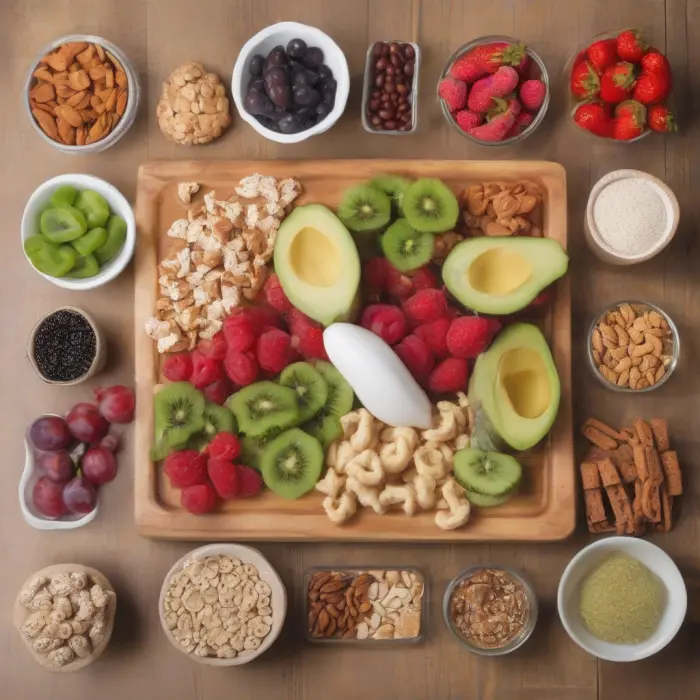Cheerful Music Could Help People Get Over Car Sickness
A recent study covered by Good News Network suggests that upbeat tunes may help passengers feel less queasy on the road.
If you or your kids dread winding roads and stop‑and‑go traffic, there’s an encouraging bit of science-backed advice: turn on something happy. According to a new study reported by Good News Network, listening to cheerful, upbeat music can help reduce the discomfort of carsickness. While motion sickness has many triggers—especially the conflict between what your eyes see and what your inner ear feels—music may counter some of the brain’s stress responses and stabilize your sense of comfort in the car.
What the new research suggests
Researchers observed that participants exposed to positive, lively music during travel reported fewer symptoms such as nausea, dizziness, and cold sweats compared with more neutral or no‑music conditions. The effect appears to be modest but meaningful: by easing anxiety, guiding breathing, and offering a pleasant focus of attention, cheerful music helps the brain reconcile the mixed signals that cause motion sickness.
It’s important to note that the findings are preliminary and do not replace other well‑established strategies. Still, they add a low‑risk, easy‑to‑try option to a traveler’s toolkit—one that many passengers may find surprisingly effective.
Why cheerful music might help
- Attention redirection: Upbeat music gives your brain something pleasant and consistent to focus on, reducing fixation on internal sensations.
- Breathing and rhythm: Rhythmic tracks can subtly guide steadier breathing and a calmer heart rate, which can soothe nausea for some people.
- Mood boost: Positive music can reduce anxiety and stress hormones that amplify queasiness.
- Predictability: Songs with steady tempo and a clear beat provide gentle sensory structure during motion, which some people find stabilizing.
How to try it on your next drive
- Pick cheerful, steady songs you genuinely like. Preference matters more than genre. Think bright pop, sunny acoustic, light funk, bossa nova, upbeat classical, or mellow dance.
- Keep volume moderate. Too loud can be stimulating or fatiguing; aim for calm engagement, not a car‑karaoke rave.
- Favor consistent rhythms. Tracks with abrupt drops or intense bass swells may not be ideal for sensitive riders.
- Start before symptoms start. Begin the playlist as the trip starts to set a stable, positive tone.
- Pair with the basics. Face forward, look at the horizon, get fresh air, and avoid reading or screens if you’re prone to motion sickness.
Quick-start playlist ideas
- Bright pop with a feel-good chorus
- Sunny acoustic or folk with steady strumming
- Light funk or disco with consistent groove
- Bossa nova or soft samba for gentle sway
- Upbeat classical (think light overtures or dance movements)
- Lo-fi beats with a warm, optimistic vibe
- Family sing-alongs with simple, happy melodies
Tip: Create two or three playlists at different energy levels so you can adjust on the fly. If someone starts to feel woozy, switch to calmer, sunny tracks rather than high-intensity songs.
Extra tips for reducing carsickness
- Sit in the front passenger seat if safe and legal; it reduces visual-vestibular conflict.
- Keep eyes on the road or distant scenery; avoid reading or close-up screens.
- Crack a window for fresh air and steady temperature.
- Take short breaks on longer trips; step out, stretch, and reset.
- Hydrate lightly; small sips of water or ginger tea can help some people.
- Snack smart; bland, small snacks often sit better than rich or greasy foods.
Safety note: Drivers should prioritize attention to the road. Keep music at a safe volume and avoid headphones while driving. Noise-canceling headphones are best reserved for passengers.
For parents and caregivers
Kids can be especially sensitive to motion. Try a playful, upbeat kids’ playlist, keep sightlines clear (booster seats appropriately installed), and encourage looking out the front window. Have a calm backup mix ready if anyone feels overwhelmed. Frequent, short breaks can make a big difference on family trips.
What we still don’t know
- Responses vary widely: what soothes one person may not help another.
- The optimal tempo, genre, and volume likely differ by individual.
- Larger, more diverse studies are needed to confirm and refine these findings.
Future research may pinpoint which musical features (tempo range, harmonic brightness, lyrical content) work best for different age groups and travel conditions, and how music interacts with other strategies like horizon fixations or controlled breathing.
The bottom line
Motion sickness doesn’t have to spoil the ride. While no single remedy works for everyone, cheerful, steady music is a low-effort, low-risk tool you can try today—ideally alongside classic fixes like fresh air and a view of the road. The study highlighted by Good News Network adds a welcome note of optimism: sometimes the quickest route to feeling better is as simple as pressing play.










